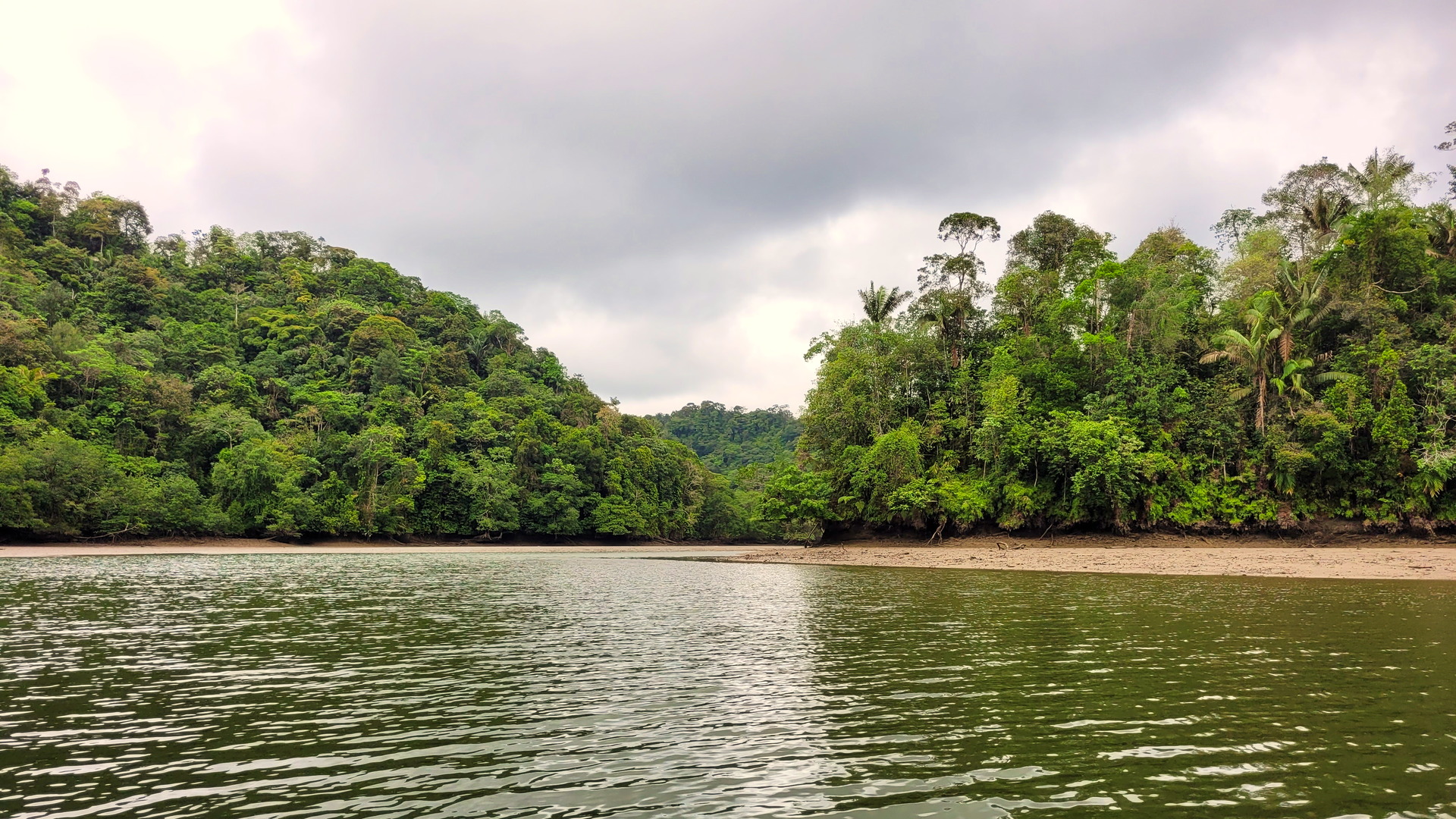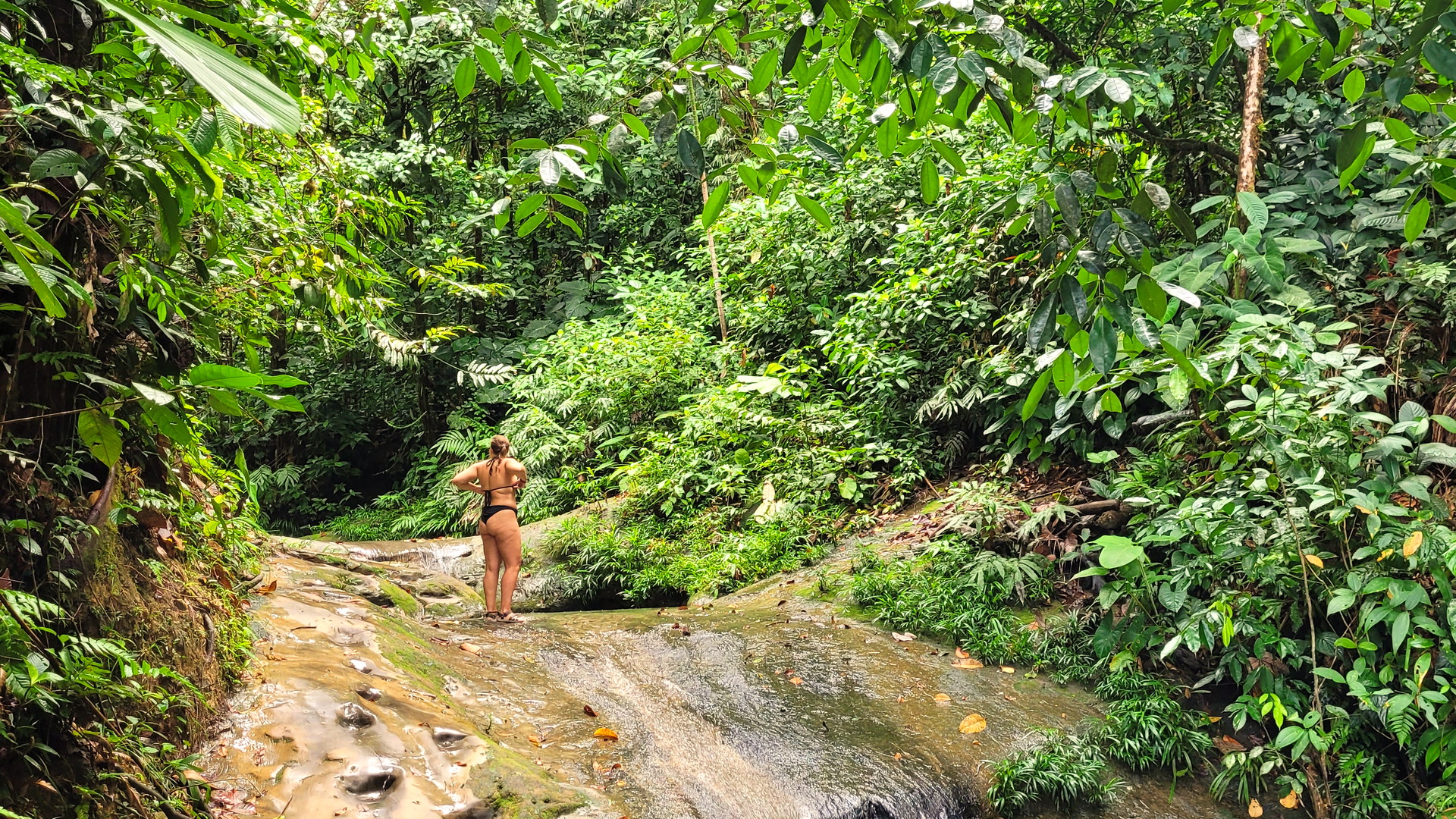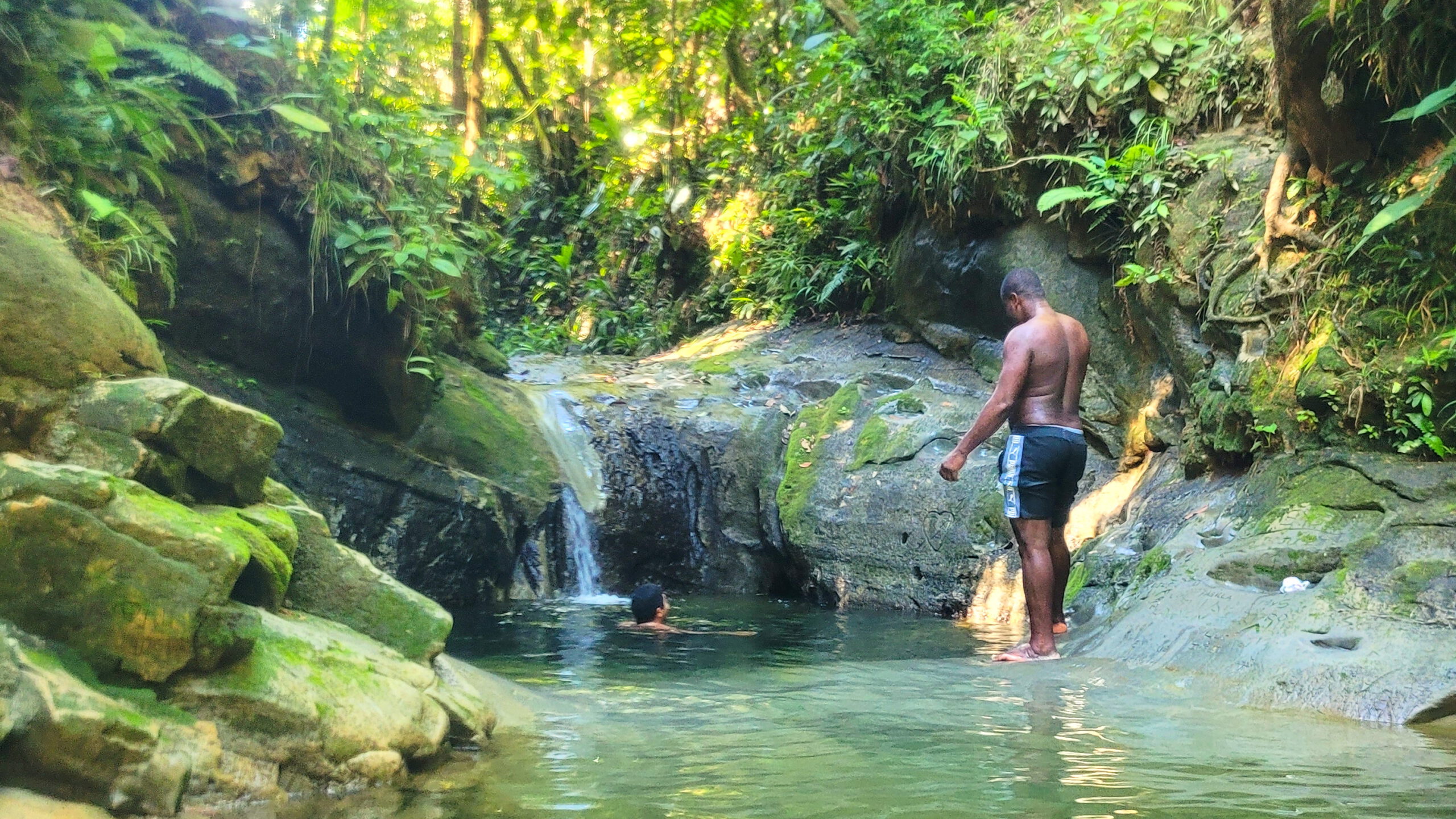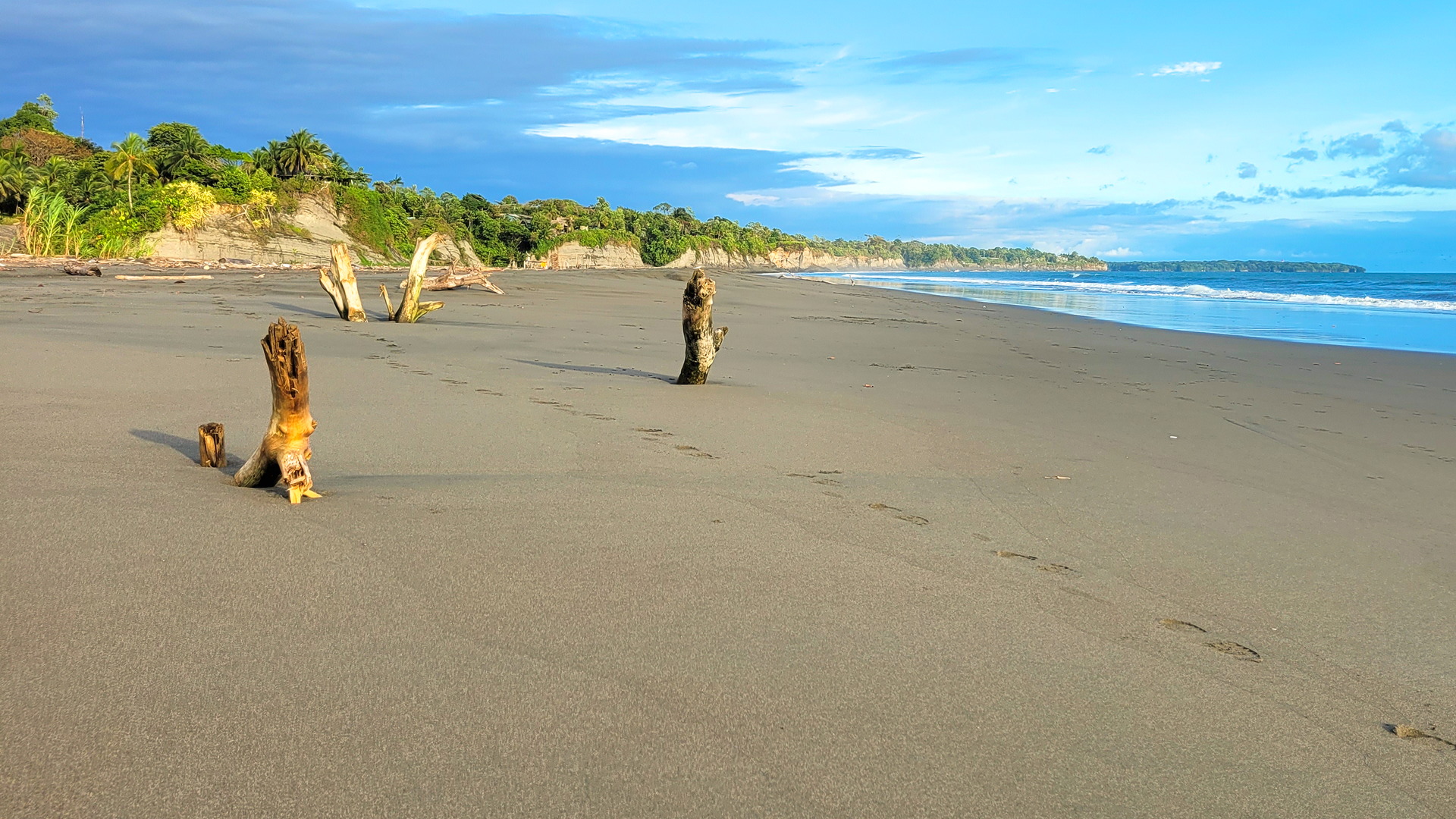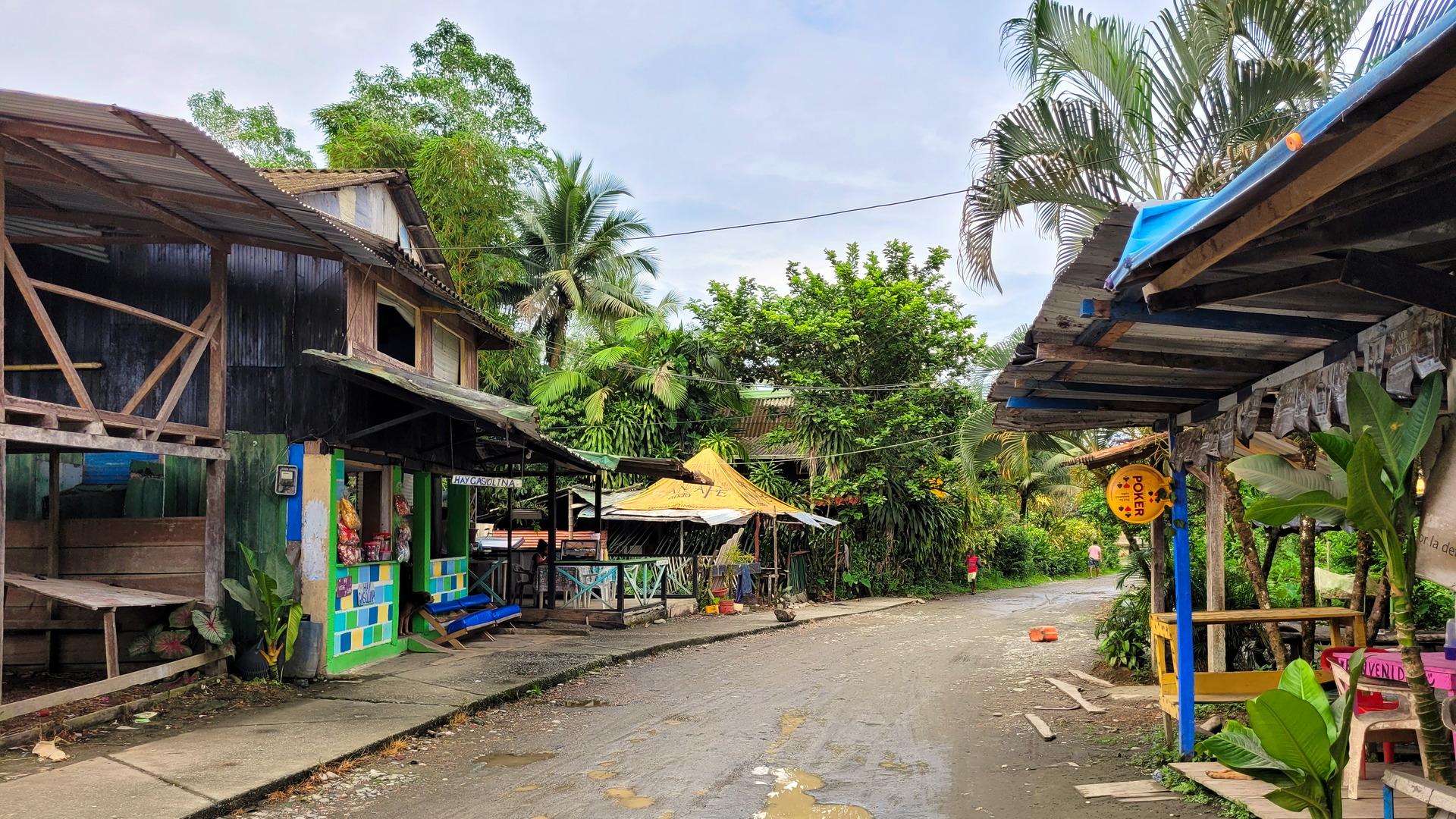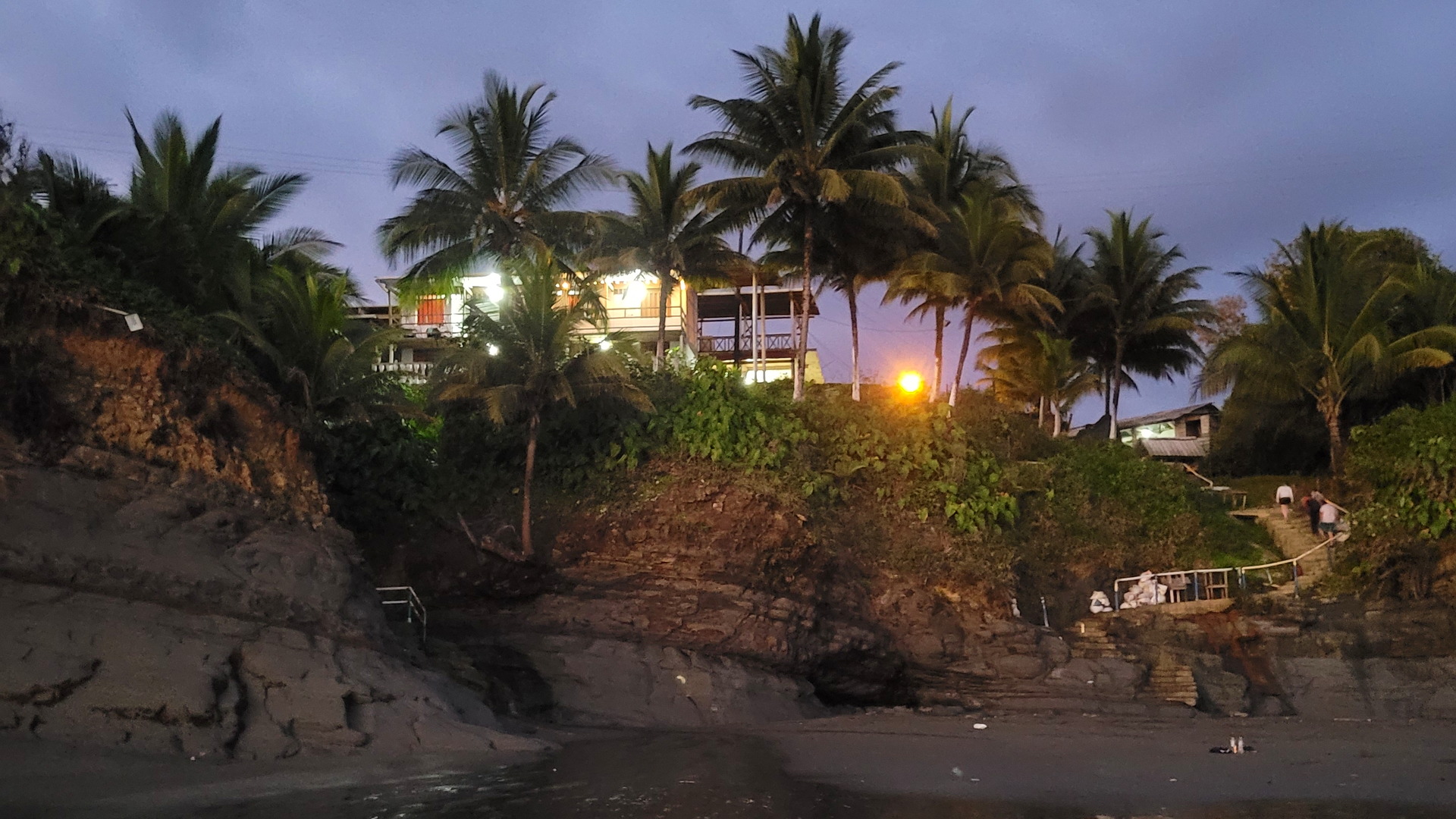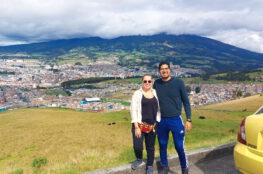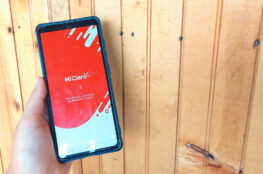Some places you find by chance, and they turn out to be amazing. Bahía Málaga was one of those places! We were planning on going to Popayan, but had to change our plans last minute due to a massive landslide that had happened in January. The road was still not 100% open yet, and buses weren’t able to go the normal way, instead they would have to go around and drive an extra (at least) 10 hours!
And that’s when I found out about Bahía Málaga…
Overview
- What is Bahía Málaga
- How to get to Bahía Málaga
- What to do in Bahía Málaga
- Where to stay in Bahía Málaga
- What to eat in Bahía Málaga
What is Bahía Málaga?
Uramba Bahía Málaga (or, just Bahía Málaga) is one of Colombia’s newest national parks; it was only created in 2010. It’s on the west coast of Colombia, on the Pacific Ocean, and is part of the Buenaventura District. It’s a beautiful area with several waterfalls, lots of bird species, and amazing beaches. Besides this, if you come between June and November, it’s a prime location for whale watching!
The temperature during the day varies between 28°C and 30°C on average, the humidity can make it feel even warmer. It rains the whole year round, with the wettest months in April and May. The sea always has a pleasant temperature and is great for swimming.
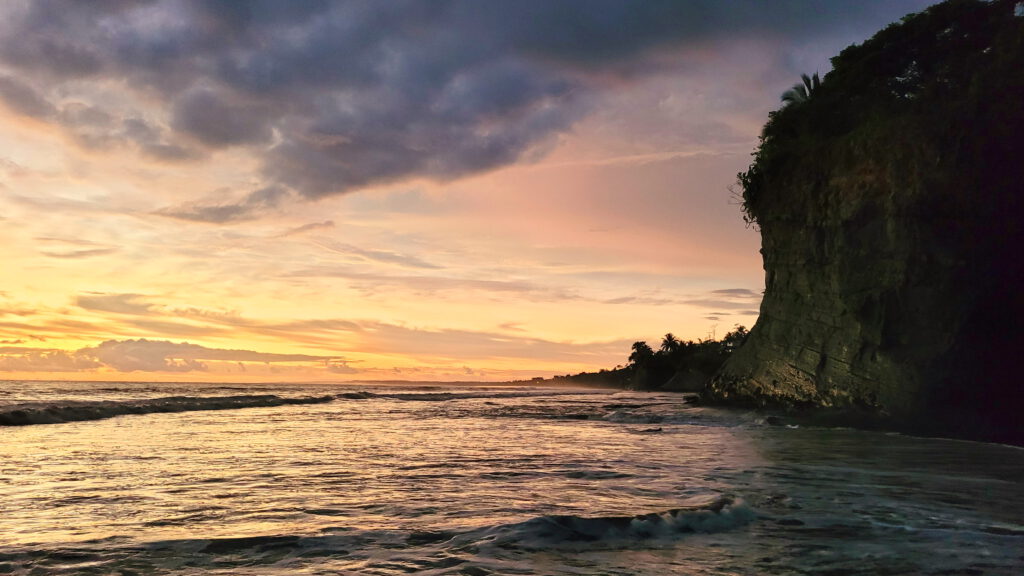
How to get to Bahía Málaga?
Easiest option: fly from Bogotá to Buenaventura, boat to Bahía Málaga
If you happen to be in Bogotá and are thinking of going to Bahía Málaga, flying directly to Buenaventura is the easiest option. The airline flying this route is Satena, with 2 flights in each direction per week, on Tuesdays and Fridays. From Buenaventura airport you’ll need to get to the muelle turistico, from where you’ll be able to take a boat to the national park.
Second best option: fly to Calí, bus to Buenaventura, boat to Bahía Málaga
There are many options to fly in to Calí from anywhere in Colombia. From Calí airport you then take a bus to the bus terminal. From the bus terminal you take a bus to the terminal of Buenaventura, which is close to the muelle turistico, only a 5 minute walk. From here you’ll be able to take a boat to the national park.
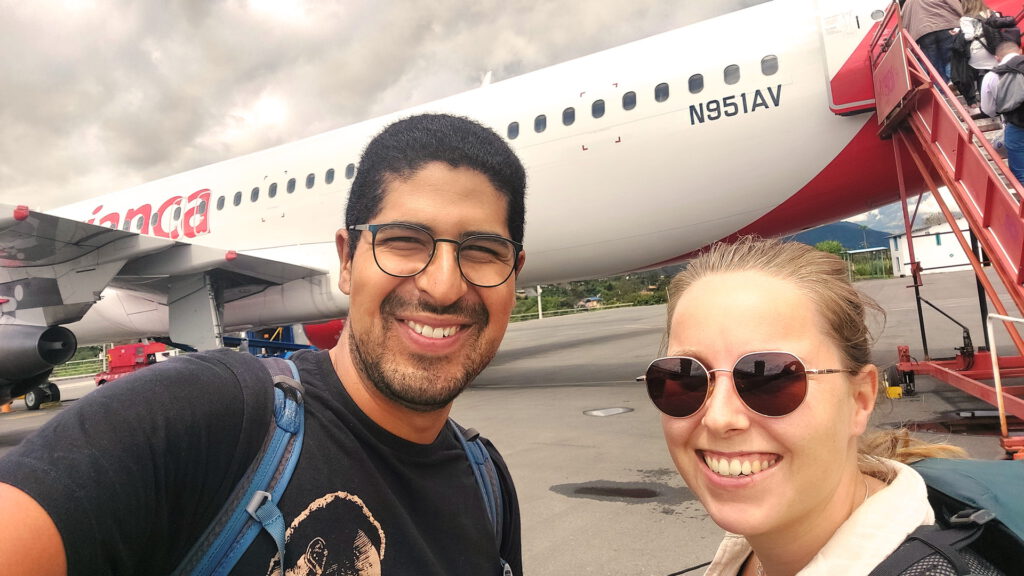
Boats to/from Bahía Málaga
There are several companies that make the boat ride to the national park. We took a boat to Juanchaco, which leaves at 10:00, 13:00, and 16:00 every day. We returned from Juanchaco at approximately 8 o’clock in the morning, but there are also boats later in the morning and afternoon.
We paid 110,000 pesos per person for a return ticket. The trip itself shouldn’t take much longer than an hour, of course depending on the weater and sea conditions.
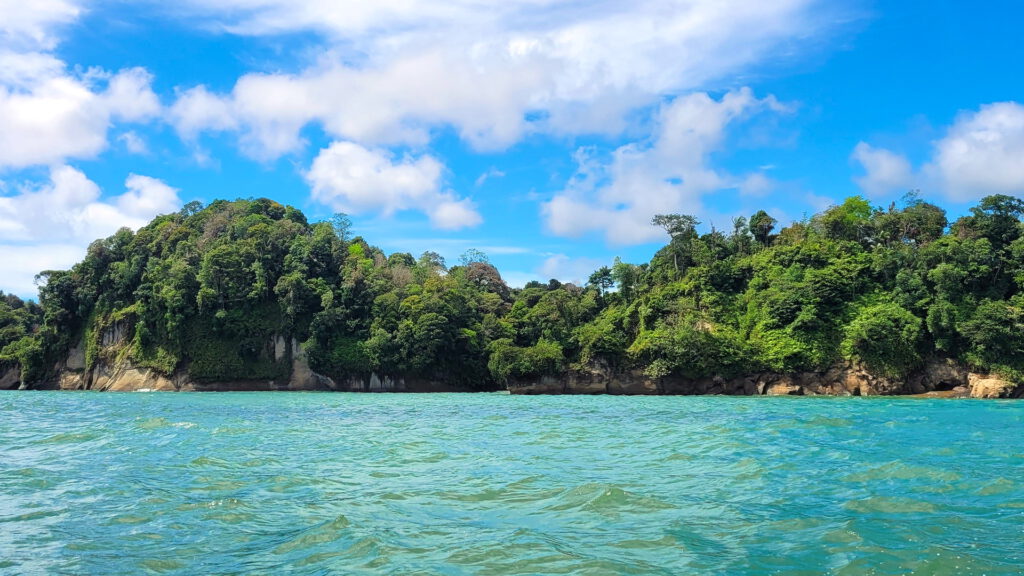
What to do in Bahía Málaga?
This national park is a tropical paradise with lots of waterfalls, beaches and mangroves, so you’ll spend most of your time here. It’s a great place relax and unwind!
Waterfalls and natural pools
You’ll need to do a tour for this, but in the bay there are quite a few nice waterfalls (with natural pools!) to be found. The boatride will take you through the mangroves and forest, bringing you as close to the waterfalls as possible. The tides play a big role here. For one waterfall, we had to walk through a very slippery and muddy riverbed that had no water due to low tide. So, bring some hiking sandals or other shoes that can get wet, but mostly dirty, for this purpose.
Mangroves and natural pools
There are several areas with mangrove forest in the national park, which are great for a little boat ride. You’ll glide through the forest, ending up at a natural pool area. The water is chilly, but with a temperature of above 30 degrees Celcius you won’t mind, trust me!
Wide beaches
Besides one white sand beach (Juan de Dios), all the beaches are with black/grey-ish sand, surrounded by black cliffs, caves, and rock formations. They are simply just amazing to walk around, checking out all the nooks and crannies. Be carefull with the tides, though! The beaches basically disappear with high tide (except for La Barra beach).
Where to stay in Bahía Málaga?
Within the national park you can find quite some accommodations, mostly hostal-style accommodation, but there are some proper hotels as well. We chose a hostal right in front of the beach, with beach access. Not all hotels that are in front of the beach, have beach access, so something to keep in mind when you pick out your accommodation. Most (budget) accommodation will be basic and probably won’t have hot water in the showers.
Our hostal was at the beach, but not ON the beach. None of the accommodations really are, as they are on top of the cliffs. This is where the beach access comes in, you’ll need to take the stairs (or, a road down) to get to the beach. We stayed in front of Ladrilleros beach, which was really beautiful, especially the sunsets!
What to eat in Bahía Málaga?
Good to know: with most accommodations you can buy a package that includes all your food, breakfast, lunch, and dinner. Of course there are restaurants around your hotel as well, we’ve noticed however that they all more or less serve the same kind of food (lots of rice, with variations of fish, shrimp, meat) so in some cases it might be practical to just get all or most of your food with your accommodation. Totally depends on you and your plans of course. We opted to have our lunches outside of the hotel, as we would be out most of the day anyway, so we got a breakfast and dinner food package.
Vegetarians, please note, there will not be a ton of variation, most of your meals will probably consist of rice with beans or lentils, with a little side of salad. This is based on the food we got at our hostal, and in restaurants in the area. Also, there will be lots of eggs. You are guaranteed to get eggs for breakfast, again with rice and perhaps an arepa or some bread. Also, you can choose between coffee or hot chocolate. Check the pictures to manage your expectations :P.
Had you heard of Bahía Málaga before?



